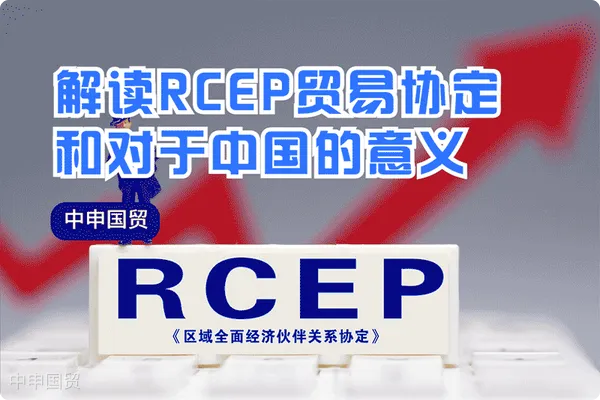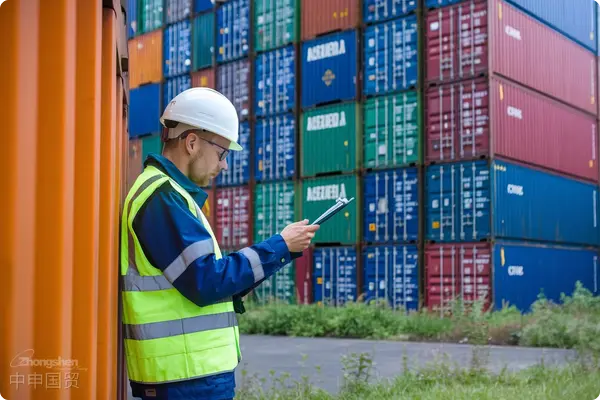- Shanghai Zhongshen International Trade Co., Ltd. - Two decades of trade agency expertise.
- Service Hotline: 139 1787 2118
Relevant Introduction
The Regional Comprehensive Economic Partnership Agreement (RCEP) is a trade agreement initiated by the ten ASEAN countries and inviting 16 countries including China, Japan, South Korea, Australia, New Zealand, and India to participate. It aims to reduce tariff and non - tariff barriers and establish a unified market. On March 8, 2021, the Chinese government officially approved the agreement and became the first country to ratify it in the same year. The agreement came into effect on January 1, 2022.

RCEP包括序言、20個章節、4個部分的承諾表,共56個附件,內容繁瑣且覆蓋面廣。其中,貨物貿易、服務投資和各個領域的原則是人們最關注的議題。
From the perspective of goods trade, after the agreement comes into effect, more than 90% of the goods within the region will eventually achieve zero tariffs, and the tariffs on major products will be immediately reduced to zero or reduced to zero within 10 years. In terms of the zero - tariff level, China has the highest commitment ratio to the ten ASEAN countries, Australia, and New Zealand, approximately 90%. Except for the three least - developed countries of Laos, Cambodia, and Myanmar, the commitment ratios of other countries to China are slightly higher than Chinas commitment ratios to them. Another highlight of the RCEP trade agreement in goods trade is the cumulative rules of origin. Under this rule, when enterprises determine the origin qualification of products, they can cumulatively calculate the raw materials of RCEP member states to enjoy more preferential tariffs. For China, the cumulative rules of origin help to further expand exports and stabilize and strengthen the regional supply chain. In addition, in terms of the facilitation of goods trade, countries have formulated a series of rules in customs procedures, inspection and quarantine, technical standards, etc.
In the fields of services and investment, Chinas service trade openness is currently at the highest standard of the RCEP trade agreement. That is, on the basis of the 100 sectors committed to when entering the WTO, 22 more sectors have been added, and the commitment levels of 37 sectors such as finance, law, and construction have been increased. In terms of investment, the RCEP trade agreement has been integrated and upgraded on the basis of the investment rules of the original ASEAN 10 + 1 Free Trade Agreement, which helps to lay a more stable, convenient, and open foundation for the regional investment environment.Maritime TransportationPromote Asia - Pacific economic growth and regional integration. As the worlds largest free trade agreement, the signing of RCEP will promote regional economic integration and trade liberalization, accelerate the economic development of the Asia - Pacific region, reduce costs, increase market vitality, and improve the economic competitiveness of countries within the region.
For China, the RCEP trade agreement mainly has the following significance
By strengthening economic cooperation with other member states, China can reduce its dependence on the US market and improve its adaptability to multiple markets. In addition, as Chinas influence and strength in the region continue to increase, the signing of RCEP provides an opportunity for China to play a greater leadership role within the region. The trade relationship with Japan will be strengthened, which will also promote more extensive trade and economic development within the Asia - Pacific region.
Expand Chinas opening - up and market access. RCEP will further expand the scope of Chinas opening - up, lower the market access threshold, promote trade and investment cooperation between domestic enterprises and other enterprises within the region, and improve Chinas position and competitiveness in the global value chain.
What impacts will the signing and implementation of RCEP have on foreign trade exports?
Related Recommendations
? 2025. All Rights Reserved. 滬ICP備2023007705號-2  PSB Record: Shanghai No.31011502009912
PSB Record: Shanghai No.31011502009912









